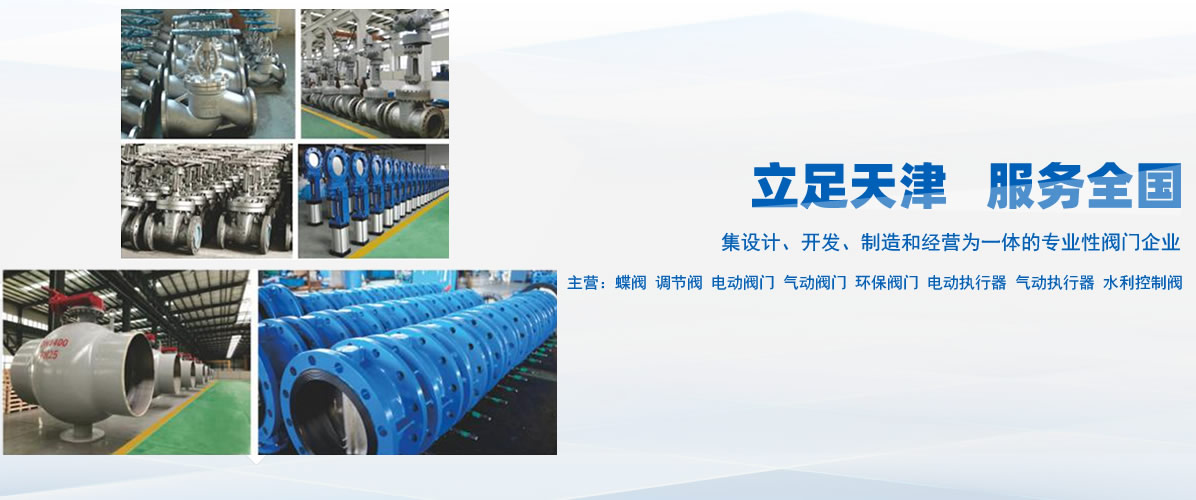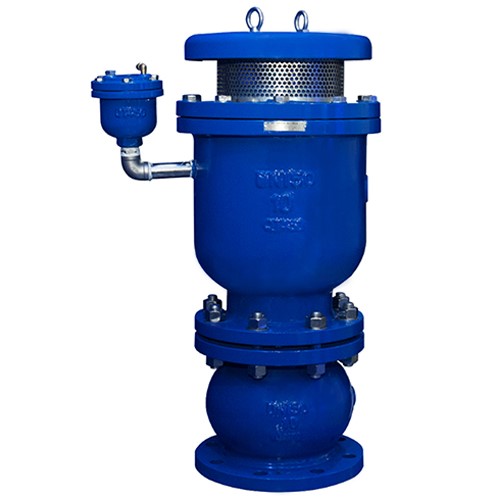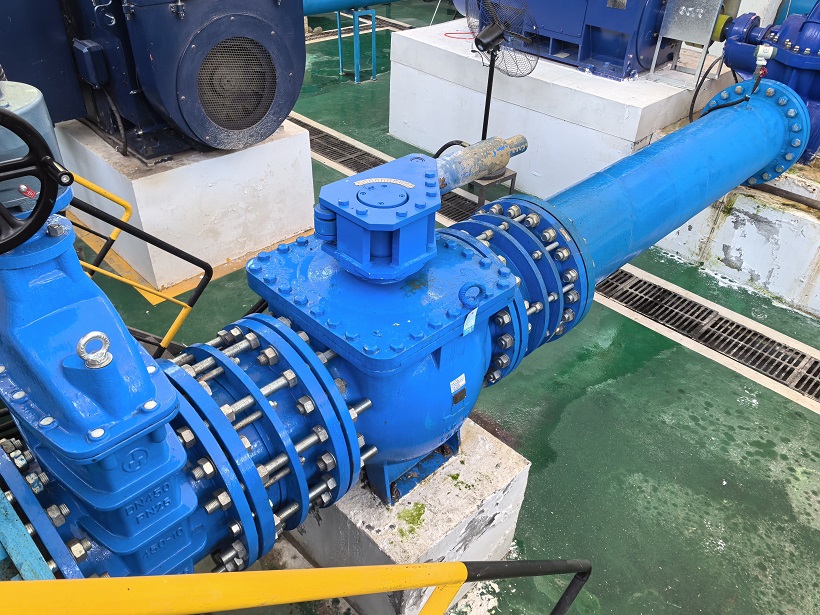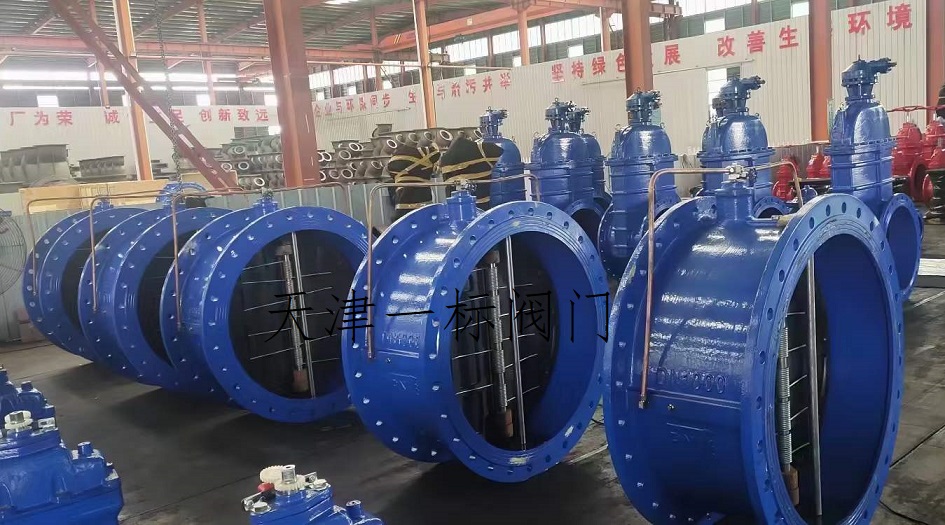Static flow balance valve

The following is comprehensive information about static flow balance valves:
1. Definition and working principle
A static flow balance valve (also known as a digital locking balance valve) is a valve that adjusts the valve core opening manually to change fluid resistance and fix the flow rate. Its core function is to achieve precise allocation of system flow and solve hydraulic imbalance problems by preset Kv values (flow coefficient).
Working principle: Adjust the clearance between the valve core and valve seat by rotating the handwheel, change the flow resistance, and distribute the flow rate of each branch according to the design proportion.
Flow characteristics: Theoretically, it is an equal percentage curve, but in reality, it exhibits linear characteristics when the valve weight is between 30% and 50%.
2. Technical parameters
Pressure rating: PN16~PN20 (some models support higher pressure).
Temperature range: -20 ℃~+150 ℃ (special design required for high temperature models).
Caliber range: DN15~DN600. Small calibers are often connected with internal threads, while large calibers are connected with flanges.
Material: The valve body is commonly made of ductile iron and stainless steel, and the sealing material is polytetrafluoroethylene or EPDM.
3. Core functions and advantages
Accurate flow distribution: By using digital locking function to fix the opening, ensure that the flow of each branch is distributed according to the design ratio, and avoid the phenomenon of "large flow, small temperature difference".
Energy saving effect: In practical applications, it can save more than 15% of electricity and reduce energy waste.
Easy maintenance: The structure is simple, only requiring regular inspection of the opening locking device and sealing performance.
4. Application scenarios
HVAC system: centralized heating and air conditioning terminal equipment to solve the problem of uneven temperature distribution at room temperature.
Industrial field: Flow control of non corrosive liquid pipelines in chemical, petroleum and other industries.
Special scenarios: boiler water flow balance, thermal station loop regulation.
5. Installation and commissioning
Installation location: Priority should be given to installing on the return water pipe (more attention should be paid to high-temperature circuits), and no additional shut-off valve is required.
Debugging method: Use an intelligent instrument to measure the pressure difference (Δ P), calculate the flow rate using the formula Q=Kv × √ Δ P, and lock the opening
选型建议














